McLaren has introduced a new version of its Elva speedster, equipped with a windshield.
The new variant is aimed at customers "who prefer to have a physical screen" as opposed to the barrier of air created by the standard Elva's innovative Active Air Management System (AAMS). It will also enable the Elva to be street-legal in certain US states.
A dedicated engineering programme is claimed to have ensured the windscreen variant has optimised aerodynamic and handling performance, but it is otherwise mechanically identical to the existing car. There remains no roof, side windows or rear screen.
McLaren claims the new Elva variant weighs just 44 lb 20kg more than the standard car, despite the introduction of automatic wipers, windscreen heating element, sun visors and windscreen washers. That's largely because the windscreen's frame is made from carbonfibre and the speedster's AAMS system has been removed.
Performance details are yet to be confirmed, but can be expected to closely match those of the existing Elva. Customer deliveries will begin towards the end of 2021.
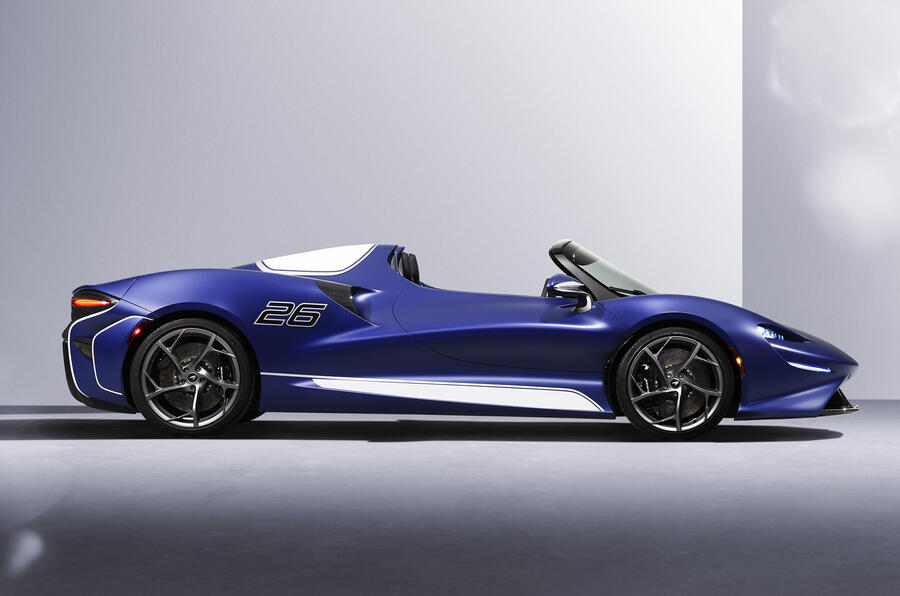
McLaren previously announced that it will produce just 249 examples of the ultra-exclusive Elva speedster, down from an initially planned 399 units, and has now reduced the build run again to just 149 units.
No official reason for the reduction has been given, but Autocar's sources suggested previously that McLaren over-estimated market demand for the model, hence the decision to reduce production numbers. The similarly conceived Aston Martin Speedster is limited to 88 examples, while Ferrari will build just 250 examples each of its SP1 and SP2 Monza roadsters.
The new machine joins the P1, McLaren Senna and Speedtail in McLaren's range-topping Ultimate Series model line, and is priced from £1,425,000 (including UK VAT - roughly $2 million)

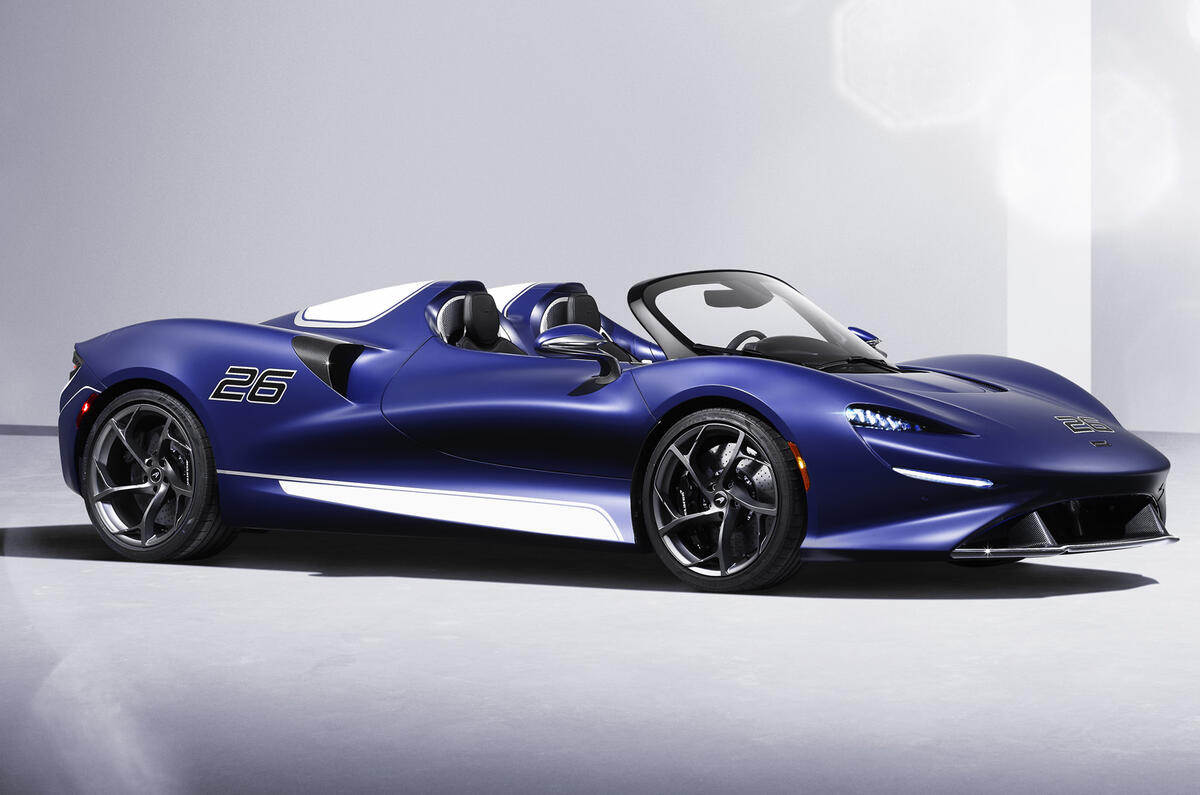
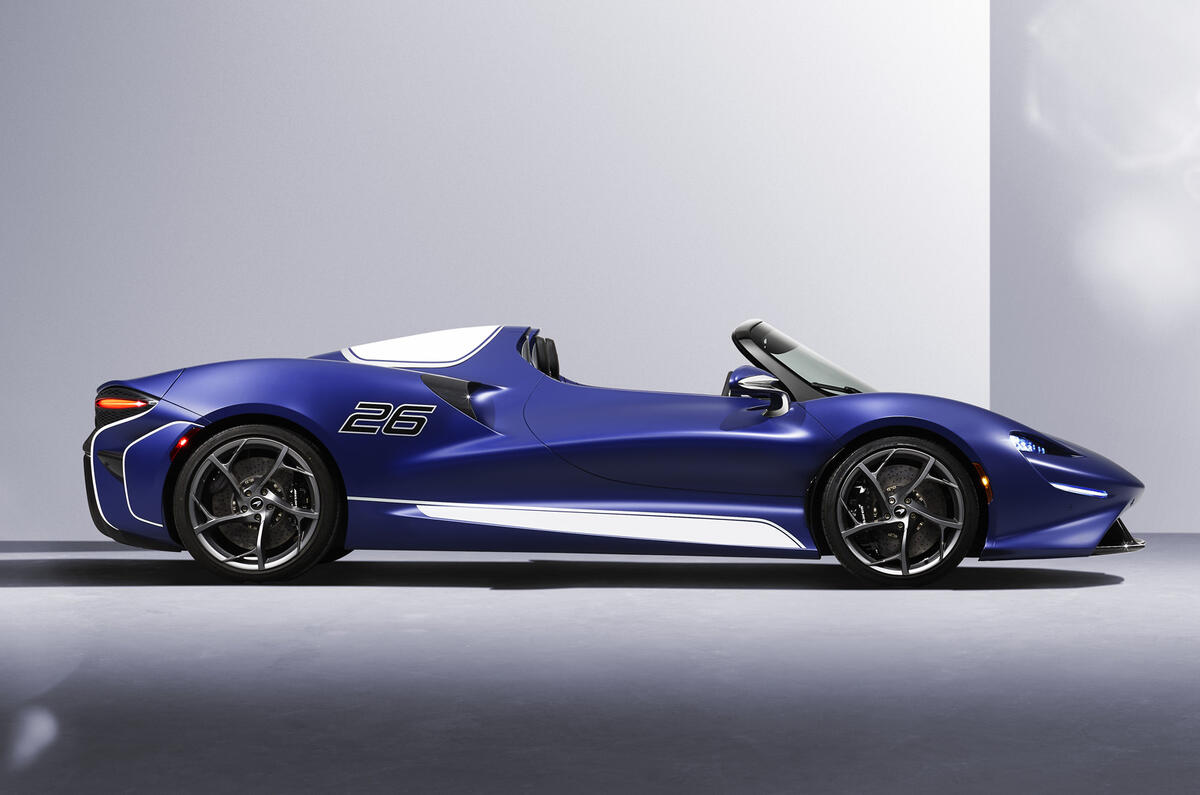
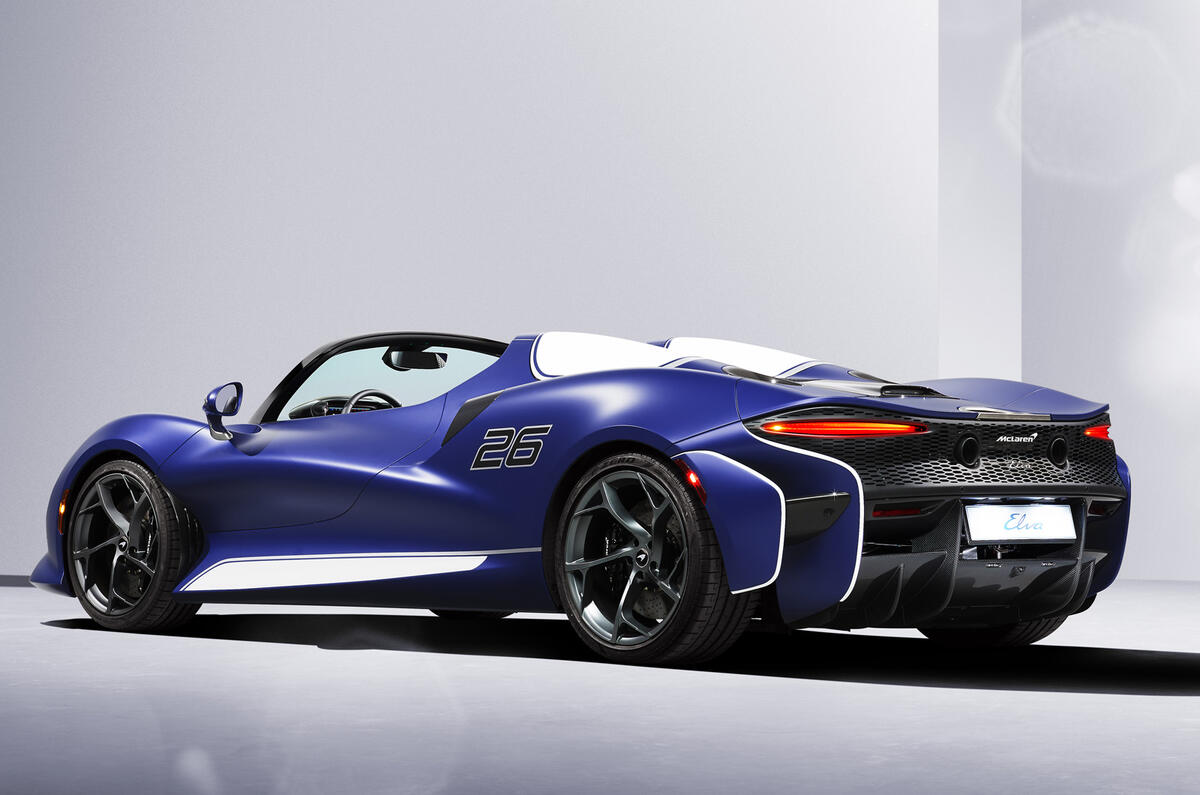
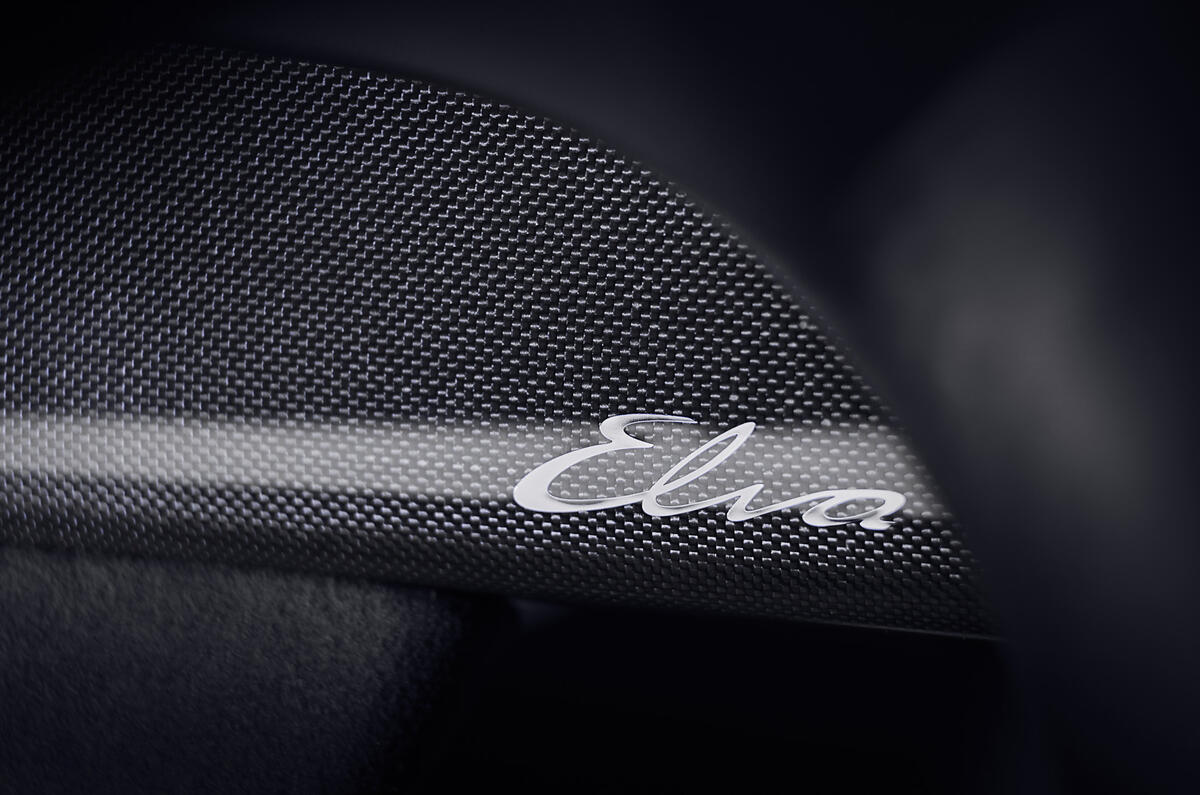
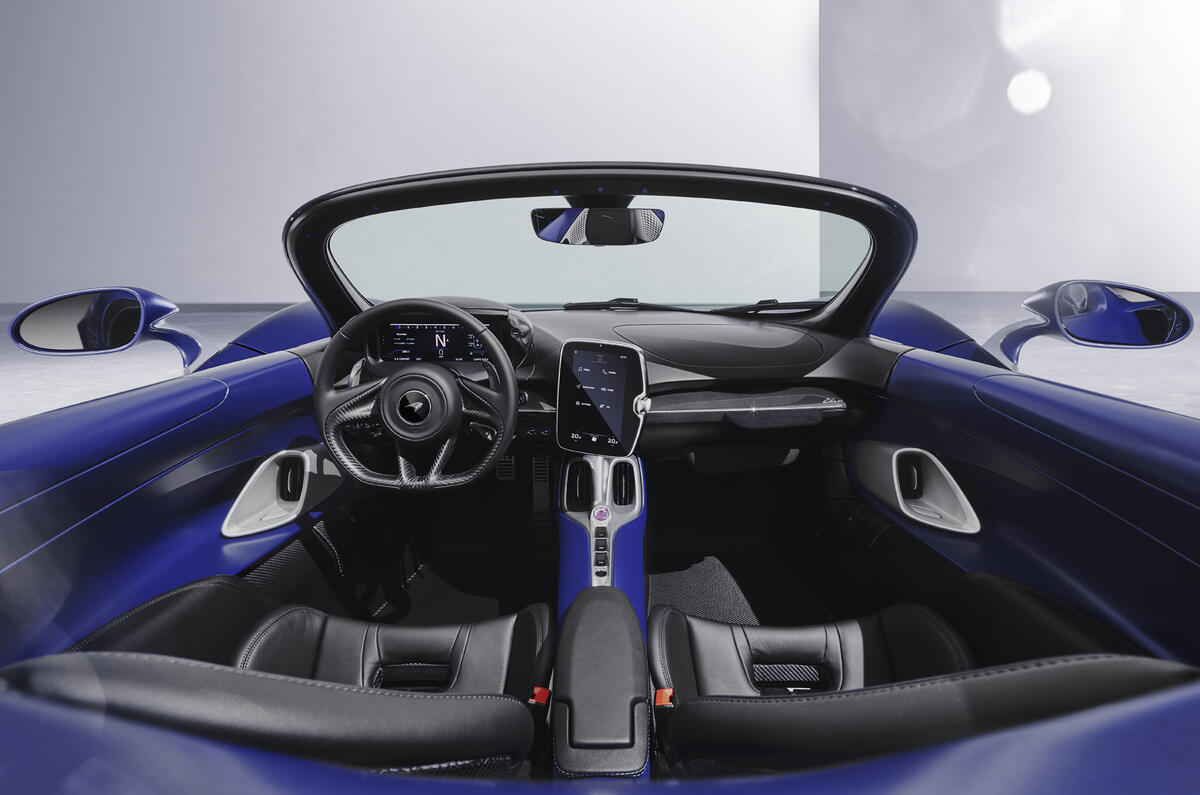
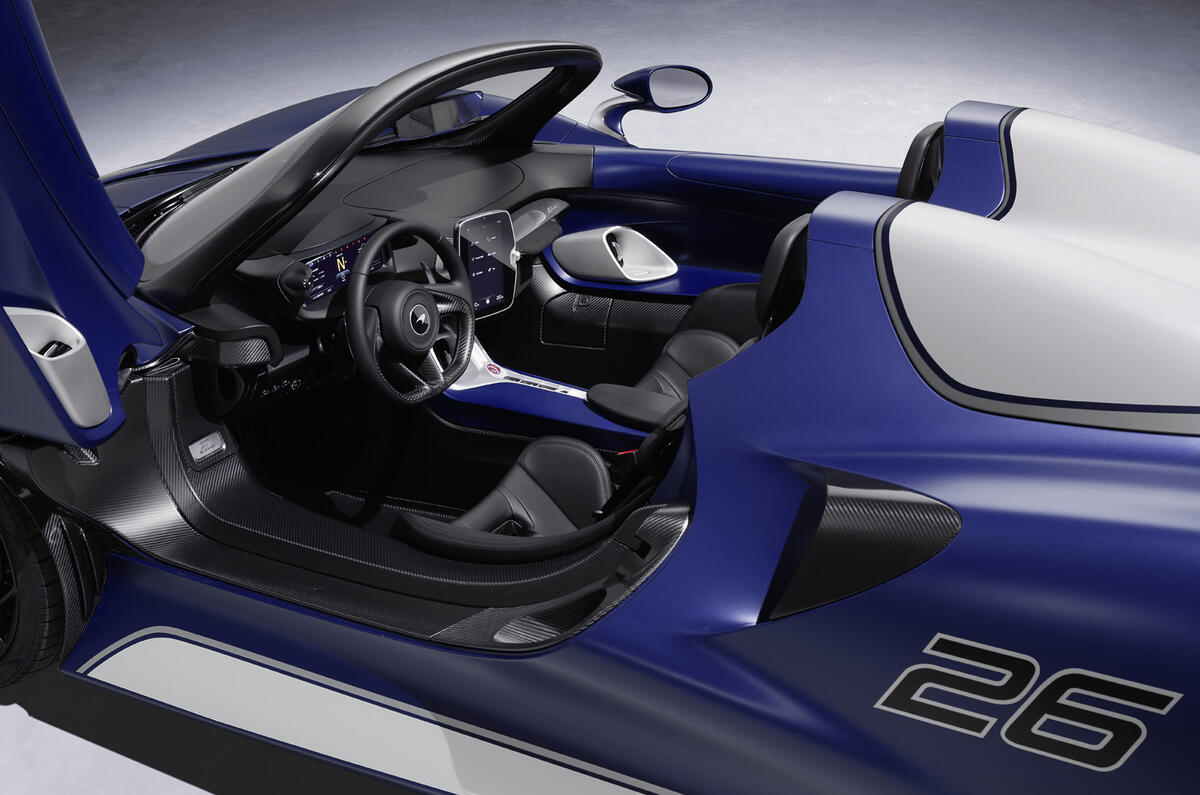
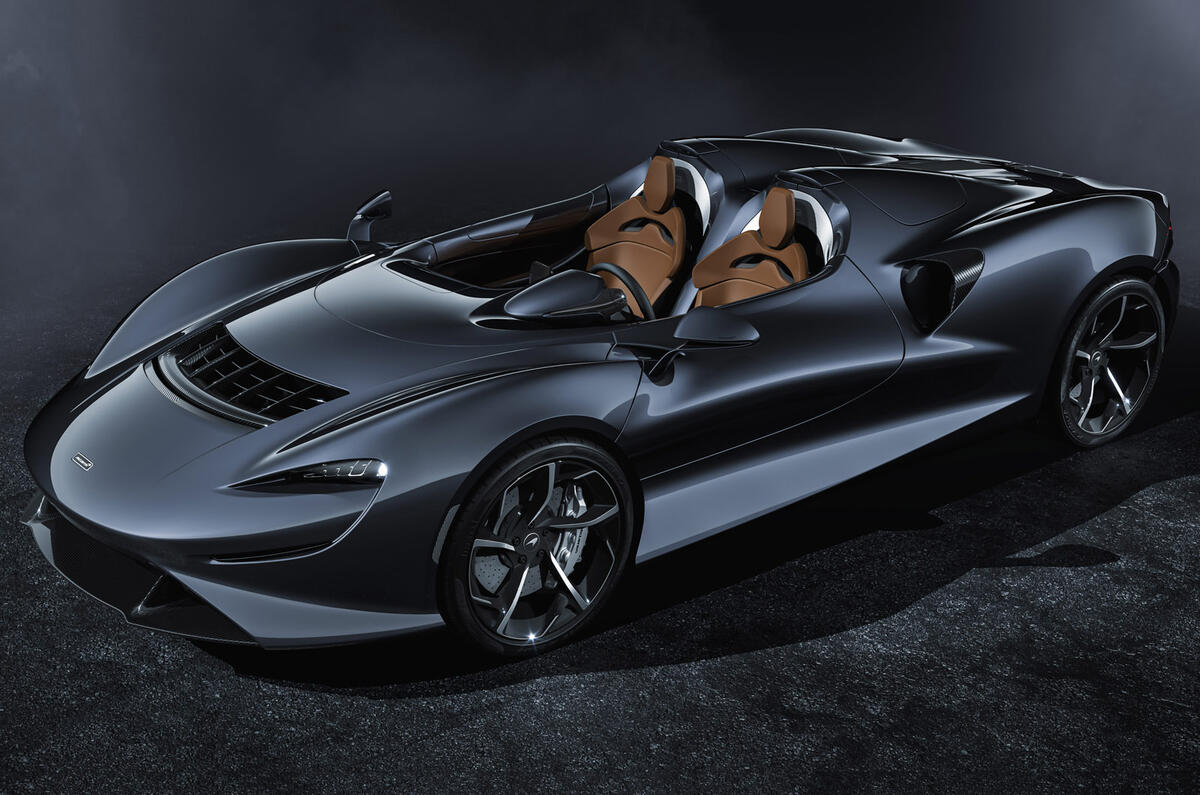
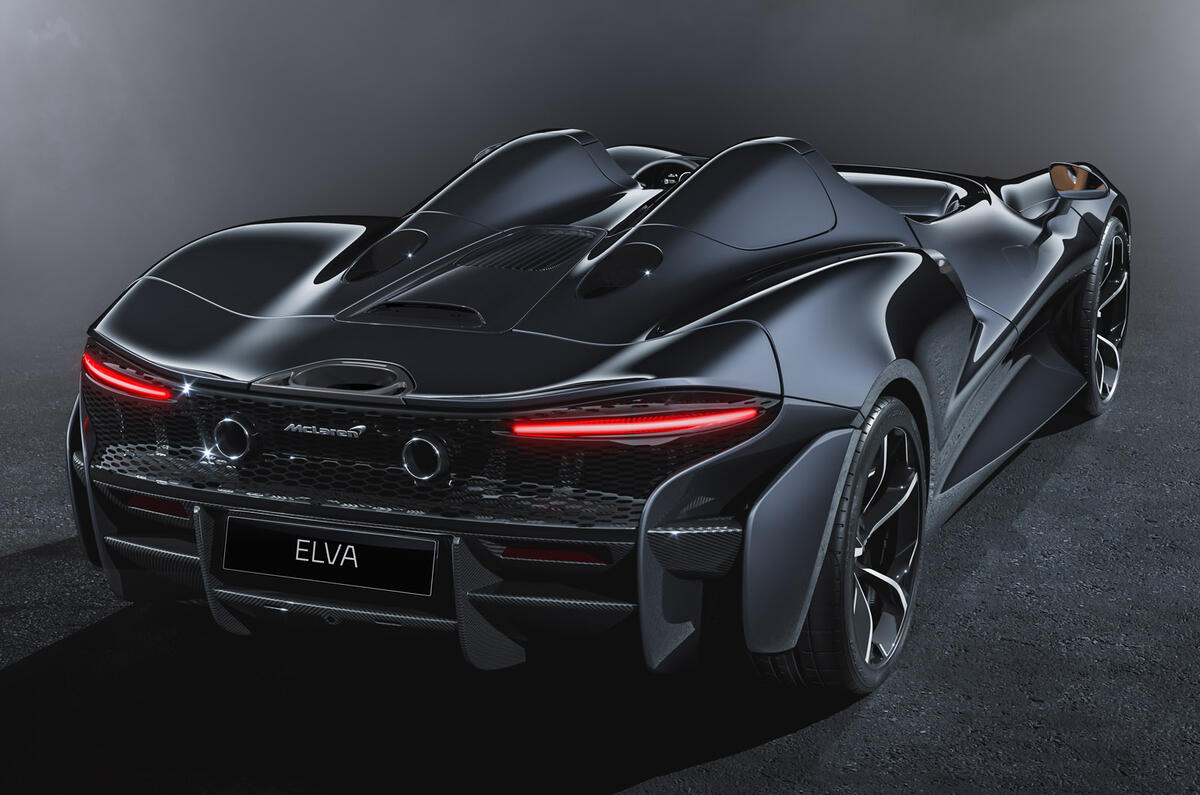
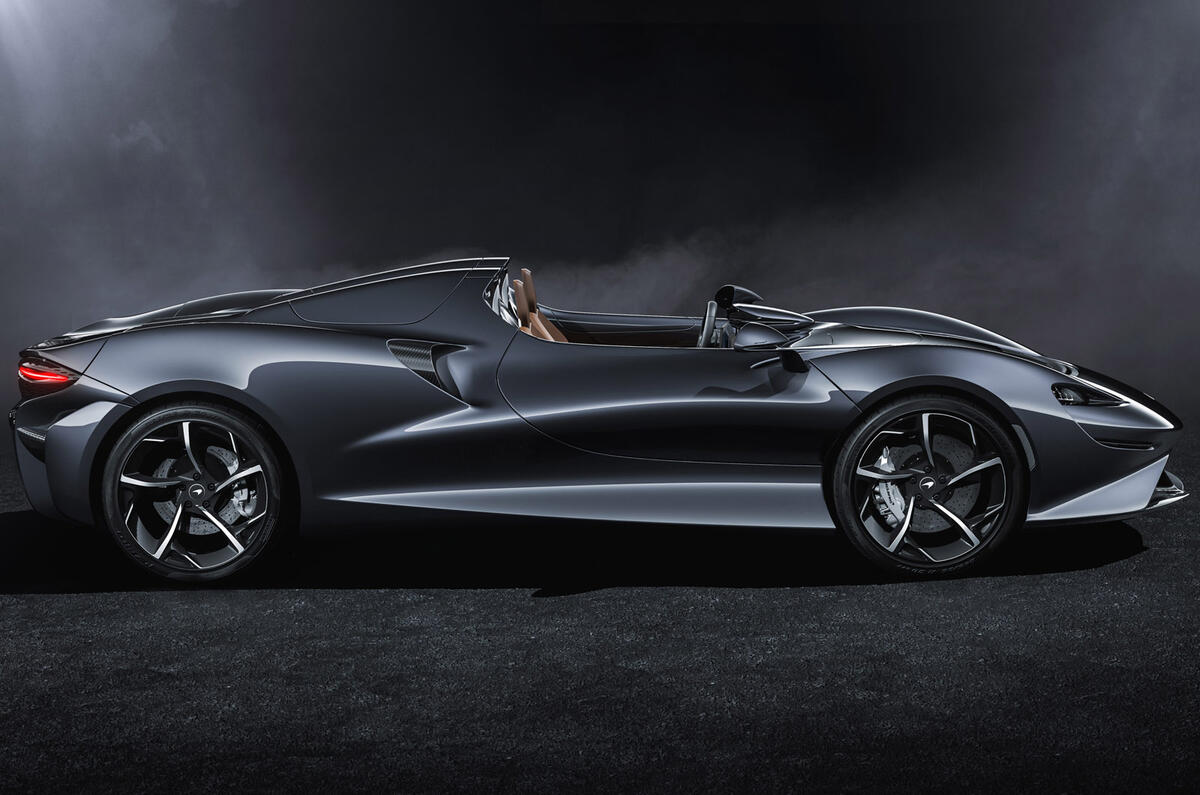
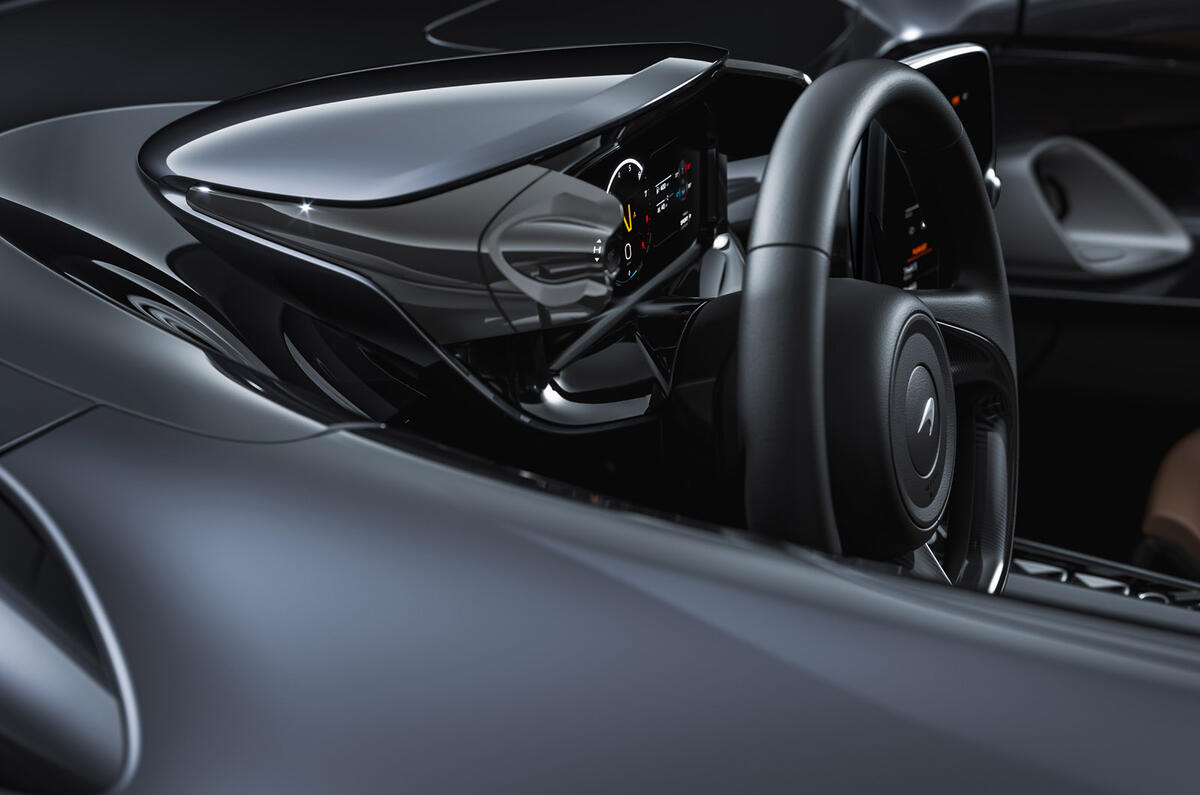
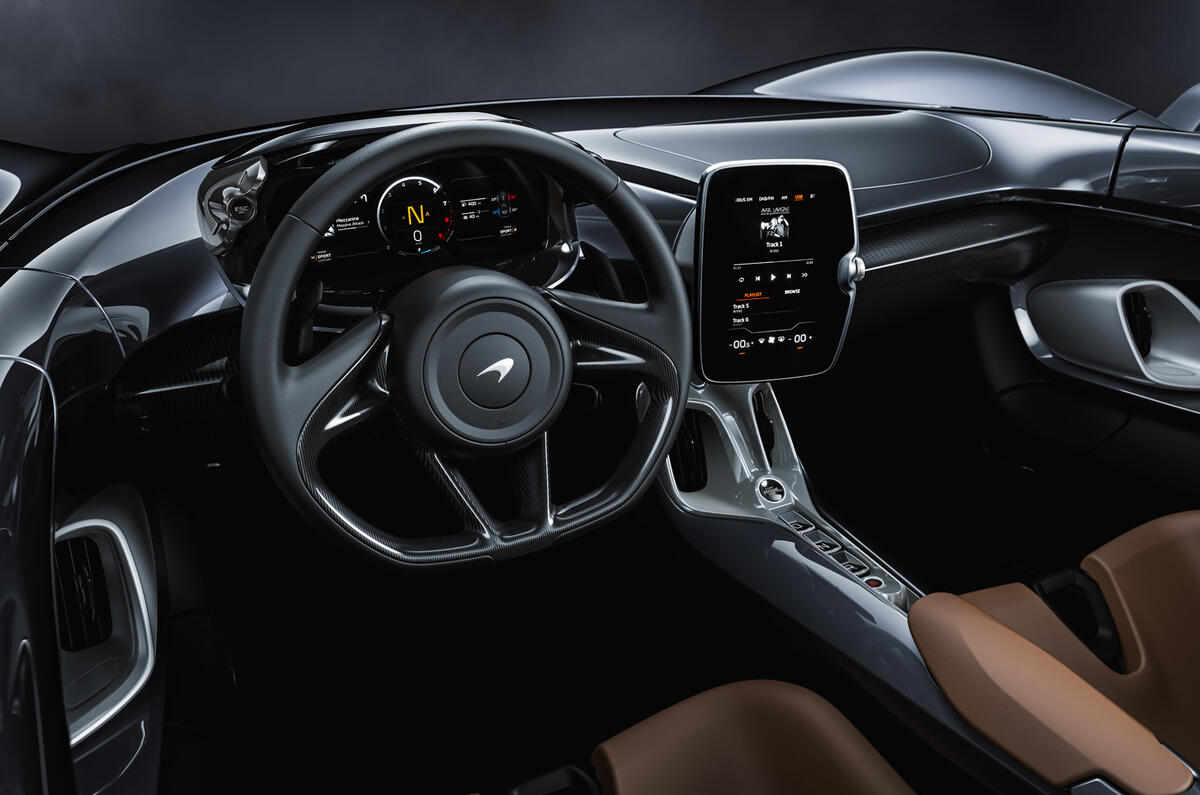
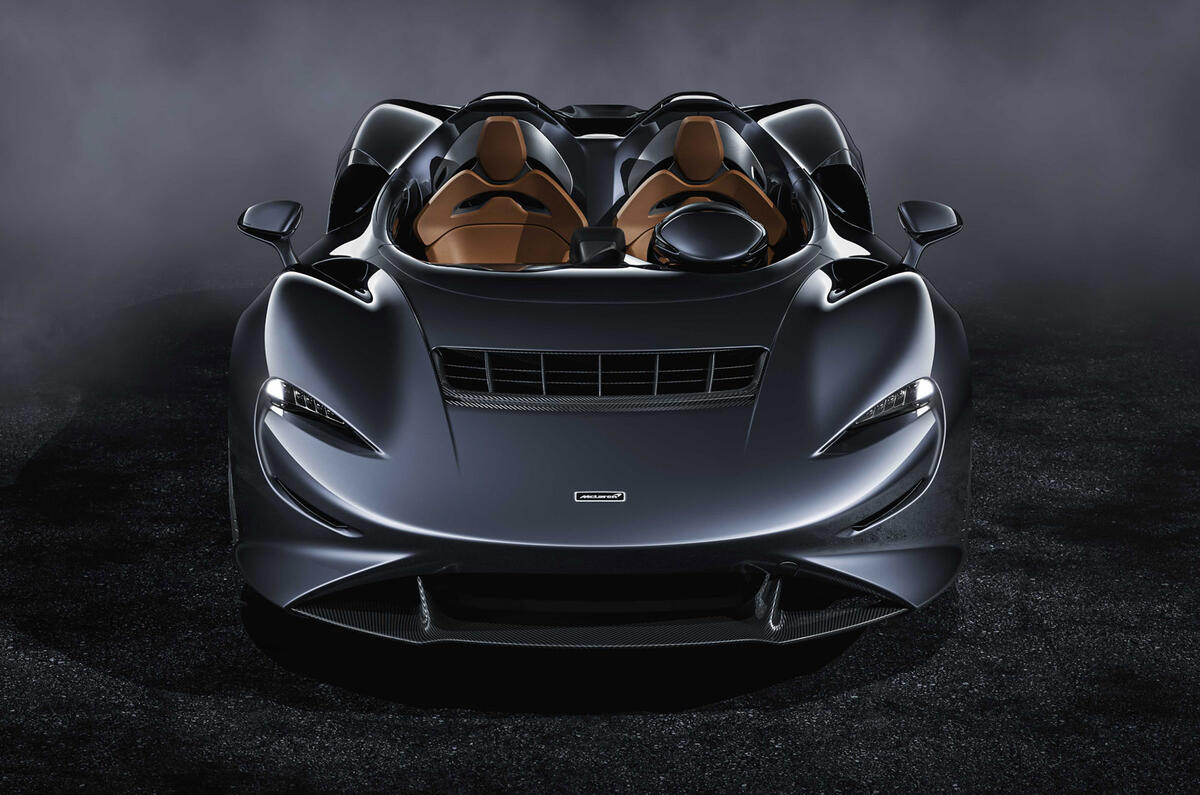
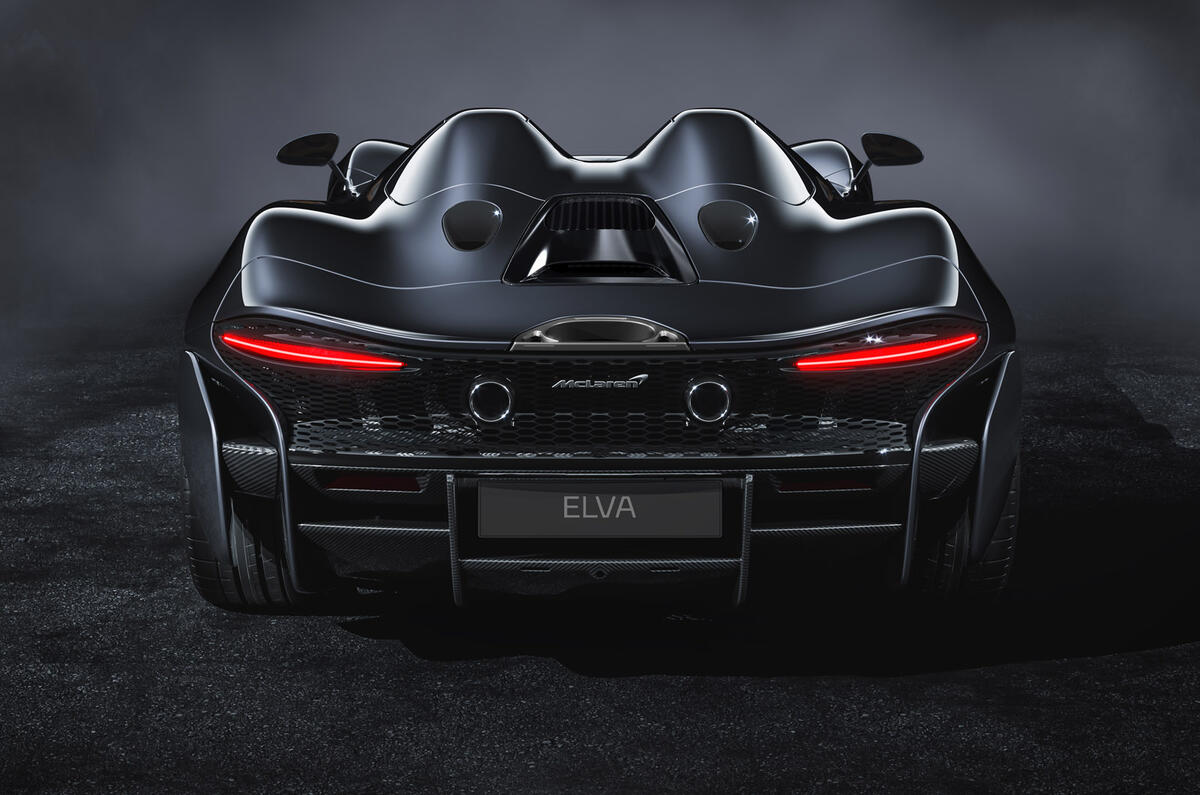
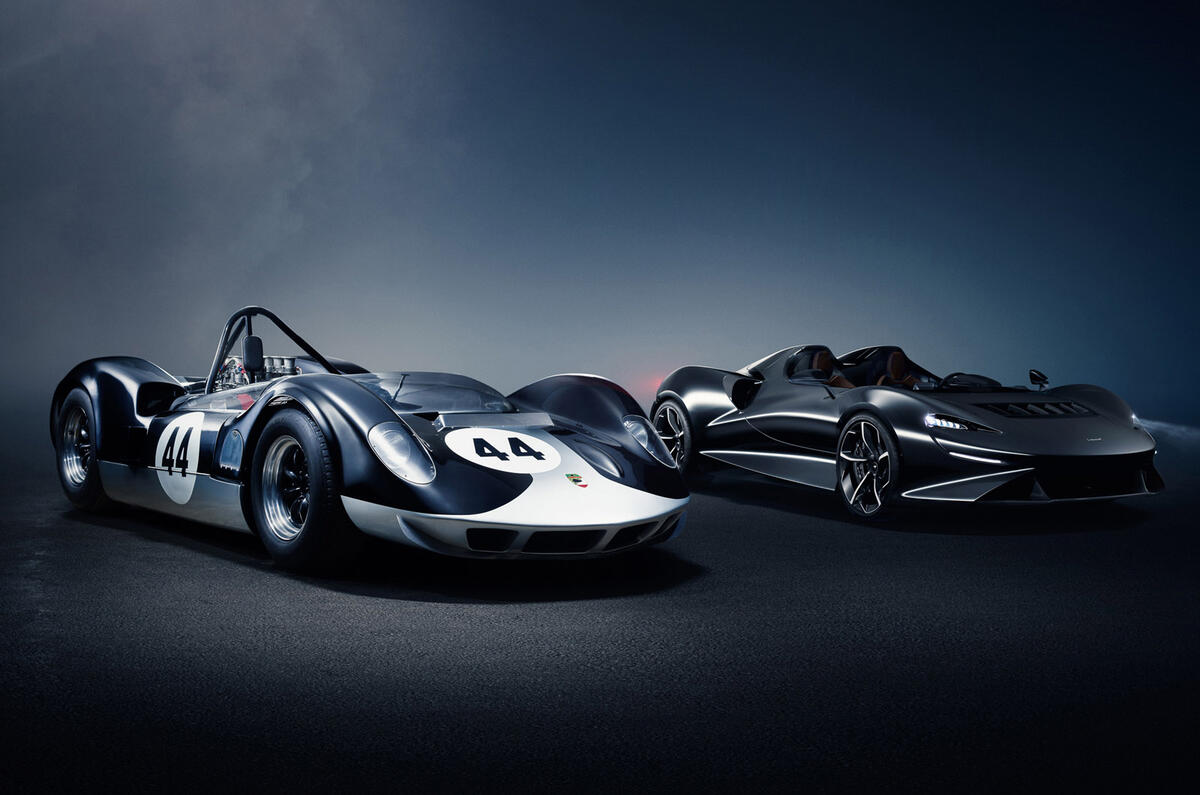
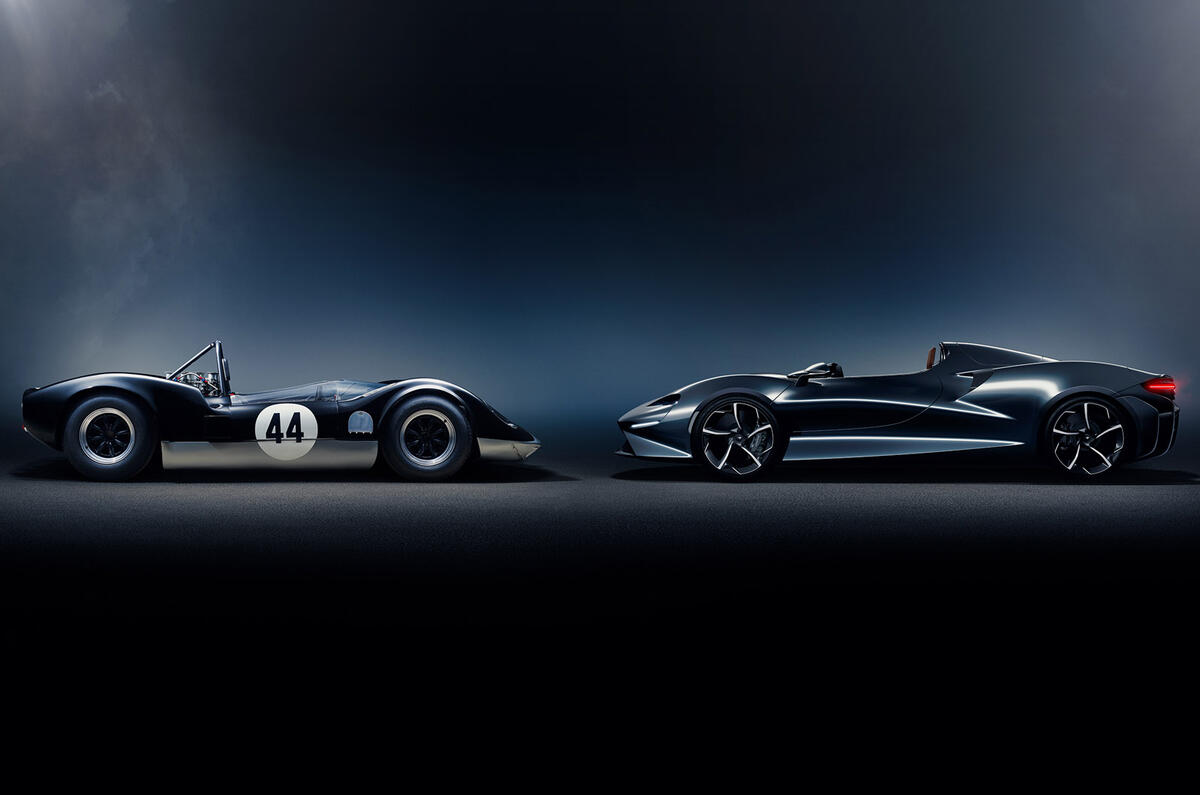
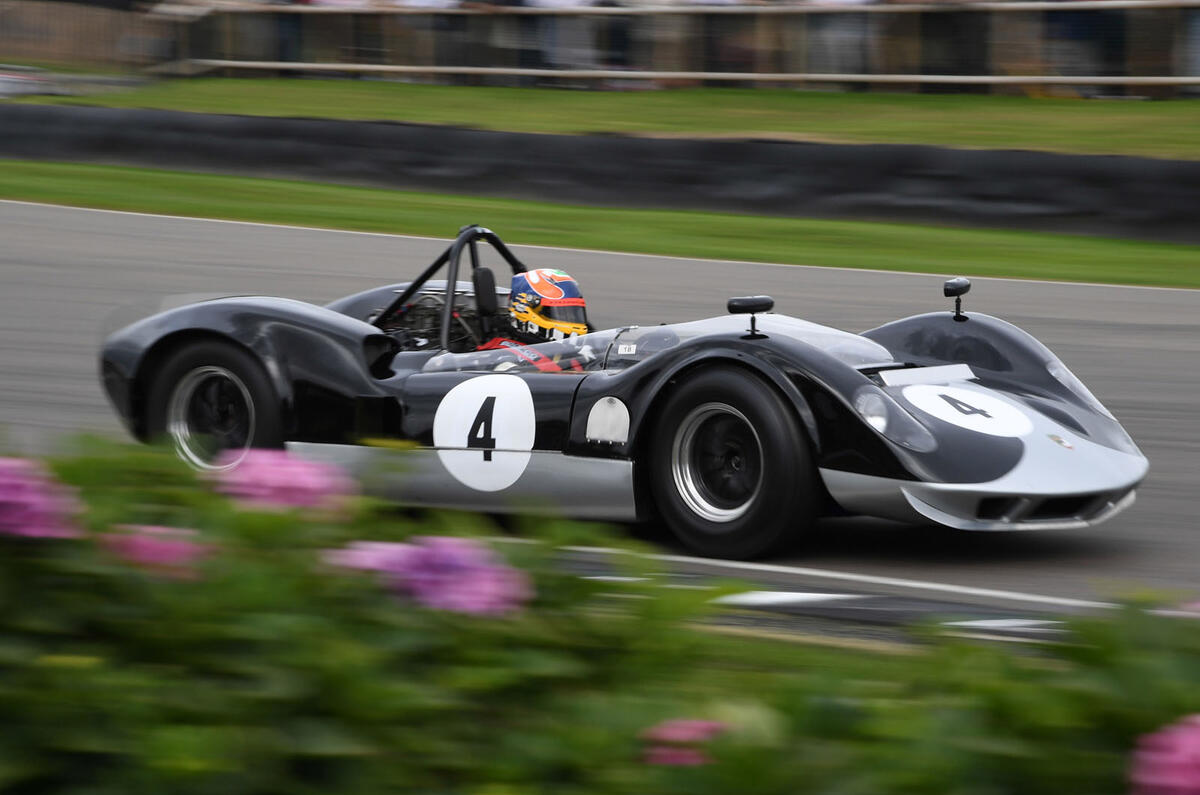
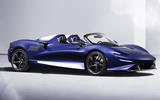
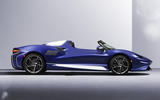
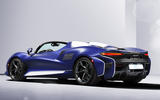

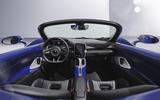
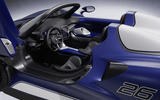
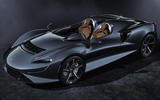
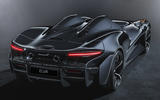
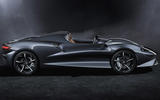
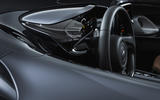
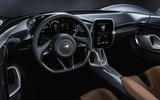

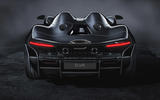




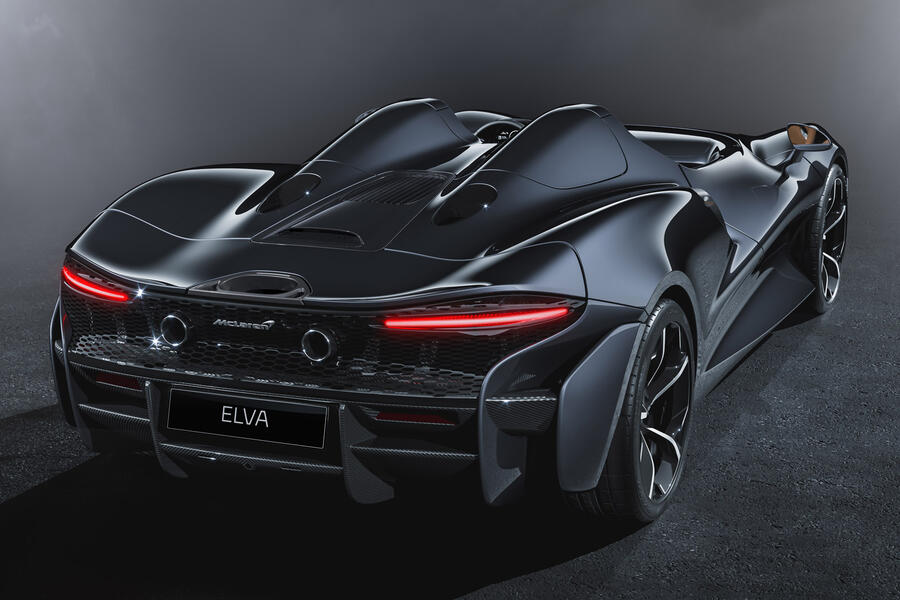
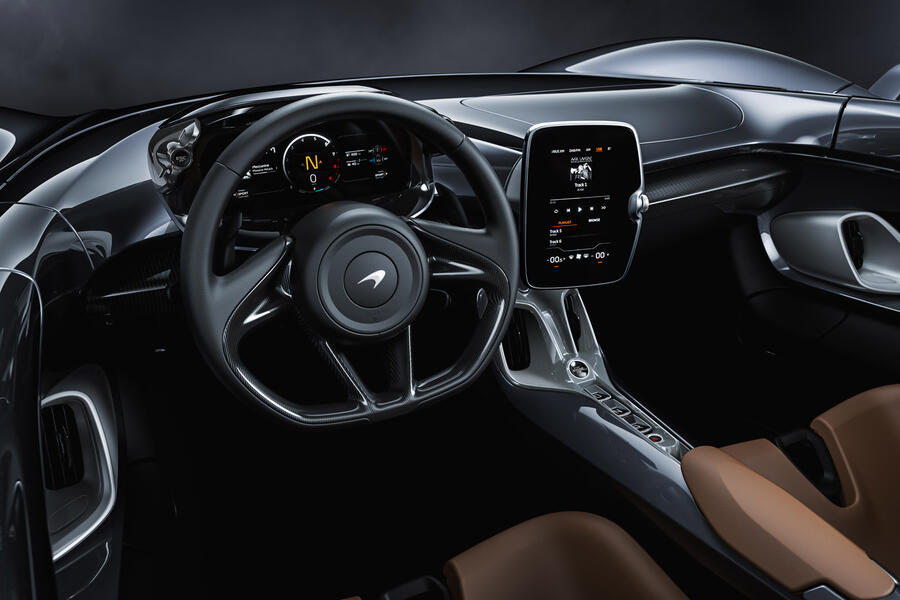
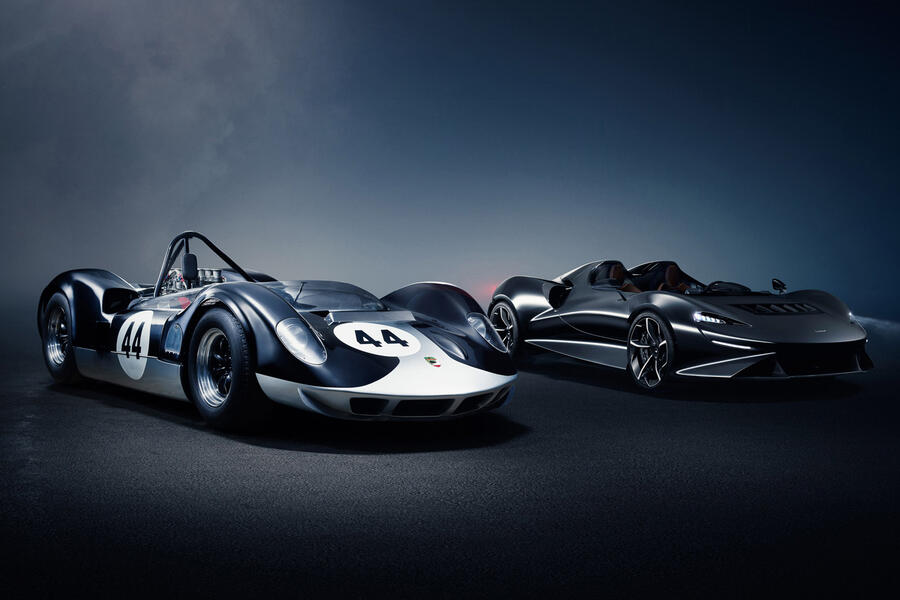






Add your comment